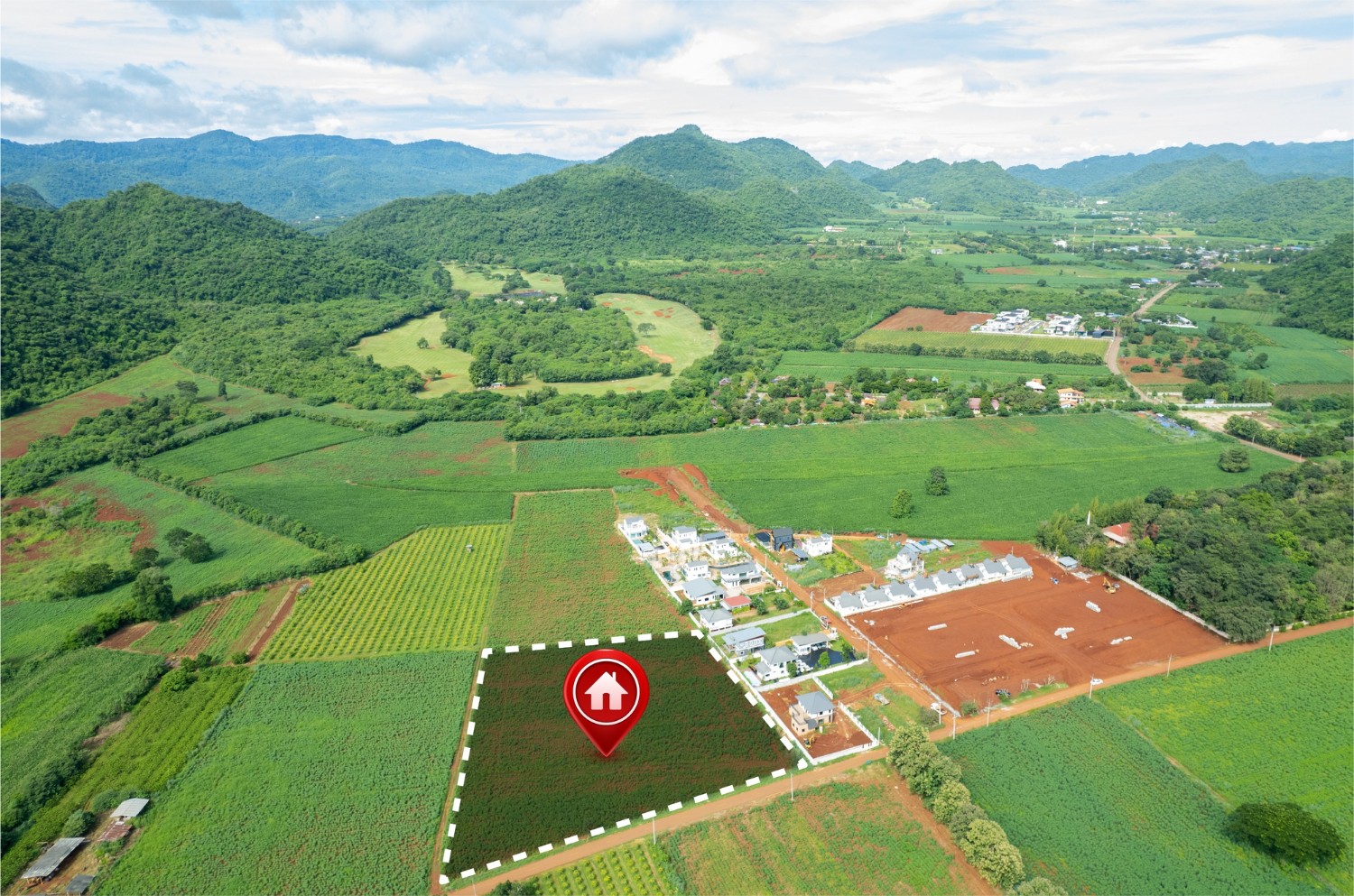In today’s digital age, the art of land selling has evolved tremendously, prompting landowners to embrace innovative online marketing strategies that can enhance their property’s visibility and broaden its reach. Regardless of the size or type of land you own, a well-executed online marketing plan can not only create awareness about your property but also effectively attract potential buyers and maximize your land’s selling potential.
This comprehensive guide delves into the world of digital marketing, specifically tailored for landowners, and explores key strategies such as search engine optimization (SEO), social media campaigns, email marketing, and creating an informative and user-friendly website. By gaining insights into these proven online techniques, you’ll be better equipped to showcase your property on the digital landscape and capture the attention of your target audience.
1. Search Engine Optimization: Boost Your Property’s Visibility
Search engine optimization (SEO) is the art of improving your website’s visibility on search engines, such as Google, so that it appears higher in search results. An effective SEO strategy ensures that your property listing is visible to potential buyers actively searching for land online. To optimize your land’s online presence, consider the following SEO techniques:
– Keyword Research: Identify relevant keywords that potential buyers might use when searching for land online. Incorporate these keywords into your website’s content, including property descriptions, headings, and blog articles. However, avoid keyword stuffing, as it is frowned upon by search engines.
– Mobile Optimization: Ensure that your website is mobile-friendly, as a growing number of potential buyers search for properties using their smartphones. A responsive, easily navigable website is essential to engage mobile users and lower bounce rates.
– Local SEO: Focus your SEO efforts on local search by including location-specific terms in your keywords and incorporating local business listings. Geotagging images and optimizing your website for “near me” searches can also increase your visibility in local search results.
2. Harness Social Media to Engage with Potential Buyers
Social media platforms serve as effective channels for promoting your land and engaging with potential buyers. Utilize platforms such as Facebook, Instagram, LinkedIn, and Twitter to showcase your property and connect with your target audience:
– Visual Content: Share high-quality images, videos, and virtual tours of your property to pique the interest of potential buyers. Visual content is more engaging and likely to be shared, increasing your property’s exposure on social media.
– Use Hashtags: Utilize relevant hashtags to increase the discoverability of your content by potential buyers. Research popular hashtags in the land-selling niche to enhance your reach and visibility.
– Engage with Your Audience: Respond to comments and messages from interested buyers and maintain a regular posting schedule to keep your followers updated about your property. Engaging with your audience builds trust and credibility, helping to convert them into potential buyers.
3. Email Marketing: Stay Connected with Interested Buyers
Email marketing is an efficient means of staying in touch with potential buyers who have shown interest in your property. Implement the following strategies to maximize the effectiveness of your email marketing efforts:
– Build Your Subscriber List: Collect email addresses from potential buyers who visit your website or engage with your social media content. Offer valuable resources, such as property market reports or buying guides, in exchange for their email addresses.
– Segment Your Audience: Categorize your email subscribers based on their preferences, location, and property requirements. Segmenting your audience enables you to send targeted, personalized messages that resonate better with potential buyers.
– Design Compelling Newsletters: Craft engaging email content that keeps your subscribers informed about your property and any updates or developments. Include eye-catching images, informative articles, and clear calls-to-action (CTAs) to maintain their interest and encourage further engagement.
4. Create an Informative and User-Friendly Website
Your website serves as the central hub for potential buyers to learn more about your property, so it needs to be both informative and easy to navigate:
– User-Friendly Design: Ensure your website’s design is aesthetically pleasing, uncluttered, and cohesive. A well-designed, visually appealing website reflects positively on your property and simplifies the user’s browsing experience.
– Property Information: Provide detailed, accurate descriptions of your land, including its size, location, zoning, utilities, and unique features. Be transparent about any challenges or restrictions, and highlight the property’s development potential.
– Calls-to-Action: Strategically place clear CTAs encouraging interested buyers to request more information, schedule a viewing, or submit an offer. Effective CTAs make capturing leads from your website a seamless process.
Transform Your Online Land Selling Experience with Effective Digital Marketing Strategies
As a landowner, adopting an innovative and comprehensive online marketing plan is crucial for elevating your property’s visibility and maximizing its selling potential. By mastering SEO, social media, email marketing, and website design techniques, you can effectively showcase your property to a broader audience and attract potential buyers. Implement the strategies outlined in this guide, and watch as your land-selling journey flourishes under the guidance of your newfound digital marketing expertise.
Let the professionals at 7Land Corp assist you in effectively marketing your property online to achieve the best possible results. Our experienced land-selling team offers invaluable insights, support, and tailored strategies to ensure your land-selling experience is both successful and rewarding.




